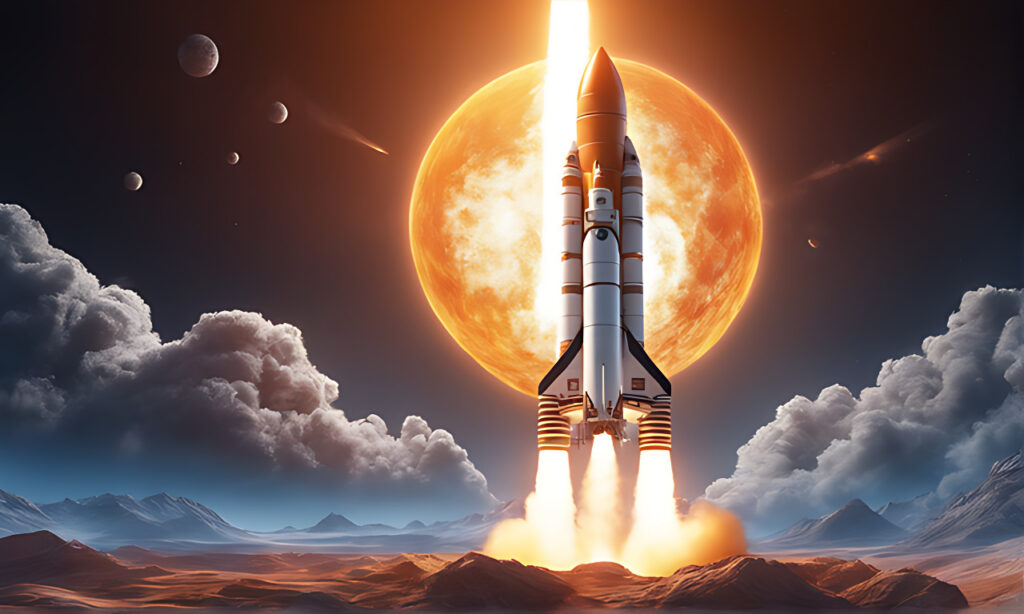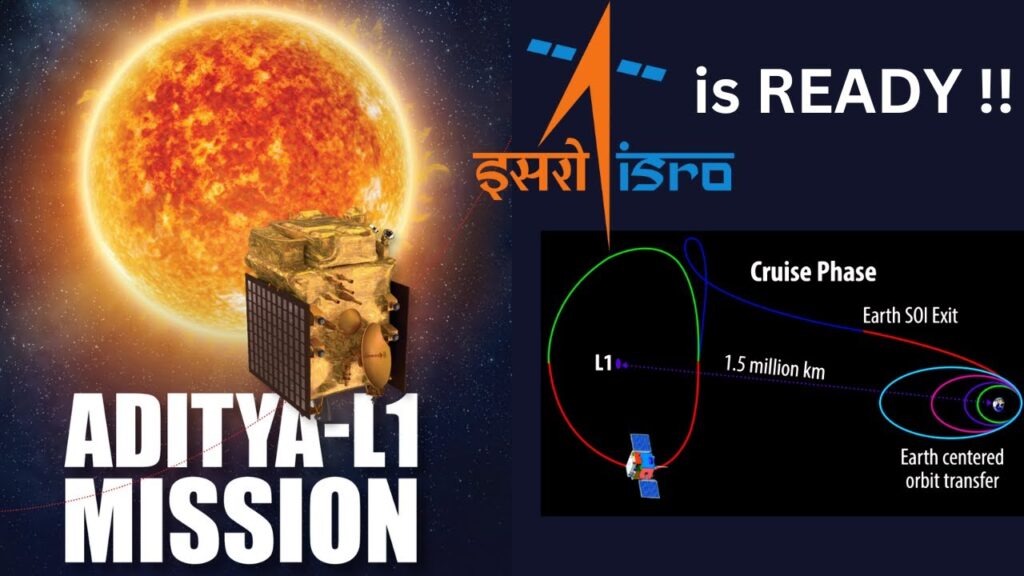India has achieved another remarkable feat in space exploration by launching its first-ever mission to study the Sun, known as Aditya-L1. This achievement comes hot on the heels of India’s historic Moon landing near the lunar south pole. The Aditya-L1 mission, which was launched from Sriharikota, is poised to embark on a fascinating journey into the depths of our solar system.

Aditya-L1 is named after Surya, the Hindu god of the Sun, and L1 stands for Lagrange point 1. This special point lies in the space between the Sun and Earth, where the gravitational forces from these two celestial bodies balance perfectly, allowing a spacecraft to essentially “hover” in place. Once Aditya-L1 reaches this Lagrange point, it will orbit the Sun at the same rate as the Earth. This unique positioning requires minimal fuel to maintain, making it an efficient and cost-effective way to study the Sun up close.
The mission’s significance lies in its potential to enhance our understanding of the Sun and its impact on our planet. Aditya-L1 will constantly monitor the Sun, even during eclipses, enabling it to conduct scientific research and observations. This data will be invaluable for comprehending solar activity, such as solar wind and solar flares, and their effects on Earth and space weather in real-time.

The Sun has a profound influence on Earth’s weather through factors like radiation, heat, and the flow of particles and magnetic fields. Moreover, space weather can affect satellite electronics and power grids, making it crucial to bridge gaps in our knowledge of this phenomenon. Aditya-L1 aims to fill these gaps, providing insights into solar behavior that can help safeguard our satellites, predict space weather, and extend the longevity of our space-based assets.
While the exact cost of the Aditya-L1 mission remains undisclosed, reports suggest it is around 3.78 billion rupees (approximately $46 million). This investment reflects India’s commitment to advancing scientific research and strengthening its capabilities in space exploration.
Aditya-L1 carries seven scientific instruments to study various aspects of the Sun, including its outermost layer, the solar corona, the visible surface known as the photosphere, and the thin plasma layer called the chromosphere. This comprehensive approach will contribute to a more comprehensive understanding of our Sun, a 4.5-billion-year-old star that plays a pivotal role in our solar system.
India’s solar mission comes on the heels of its successful lunar landing, which made India only the fourth country in the world to achieve a soft landing on the Moon, following the United States, the former Soviet Union, and China. This dual success positions India as a prominent player in the field of space exploration.

India’s Aditya-L1 mission represents a significant step forward in solar research and space exploration. It holds the promise of expanding our knowledge of the Sun’s behavior, enhancing space weather prediction, and safeguarding our vital satellites in orbit.

